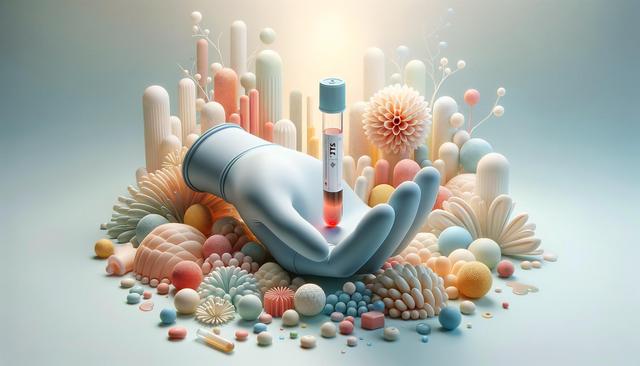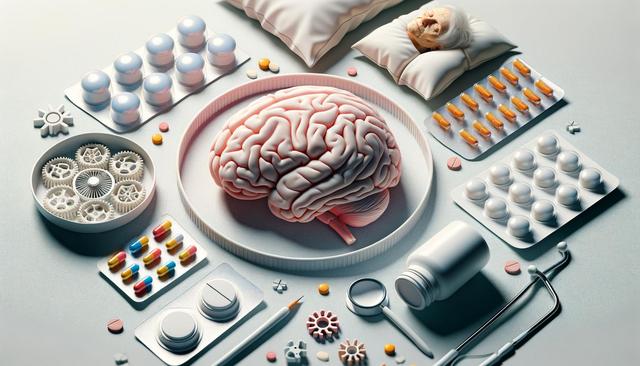Why STD Testing Matters
Sexually transmitted diseases (STDs) can affect anyone who is sexually active, regardless of age or gender. Many STDs do not show symptoms initially, which makes regular testing a key part of maintaining sexual health. A general std test can detect a range of common infections, even when there are no visible signs. This proactive approach helps to prevent complications and reduces the risk of unknowingly transmitting infections to others. For those engaging in new relationships or who have multiple partners, periodic screening is highly encouraged.
Untreated STDs can lead to serious health consequences, including infertility, organ damage, and increased vulnerability to other infections. A full std panel typically screens for a comprehensive list of infections, such as chlamydia, gonorrhea, syphilis, HIV, and hepatitis. These tests can be done at clinics, doctor’s offices, or increasingly through at-home options, giving individuals more control and privacy over their health choices.
Types of STD Tests Available
There are several types of STD tests available, depending on the infection being screened and the testing method. For example, a std pee test may be used to detect chlamydia and gonorrhea, while blood tests are often used for HIV, syphilis, and hepatitis. Swab tests may also be used to collect samples from the throat, rectum, or genitals, especially when symptoms are present.
Here are a few common testing options:
- General std test: Covers the most common STDs and is suitable for routine screening.
- Full std test: Offers a more extensive screening, often recommended for those with multiple partners or higher risk factors.
- Quick std test: Provides rapid results, sometimes within the same day, for specific infections.
- Quick chlamydia test: Targeted testing that delivers fast results for chlamydia, often using urine or swab samples.
Choosing the right type of test depends on your individual risk factors, symptoms, and preferences. Consulting a healthcare provider can help determine the most suitable option for your needs.
At-Home Testing Options
Advancements in healthcare have made it easier than ever to access STD testing from the comfort of your own home. An at home instant std test allows users to collect their own samples and send them to a certified lab for analysis. These kits usually include clear instructions and pre-paid return packaging, making the process simple and private.
Benefits of at-home testing include:
- Convenience and privacy
- No need to schedule a clinic appointment
- Discreet packaging and communication
- Access to certified lab results and follow-up support
While at-home tests can be a helpful alternative, it’s important to choose kits from reputable providers that offer accurate and reliable results. Some tests even provide virtual consultations with medical professionals if treatment is required.
When Should You Get Tested?
Determining the right time to get tested depends on several factors, including your sexual activity, number of partners, and any symptoms you may experience. For many people, a full std panel is recommended at least once a year, particularly if they are sexually active with more than one partner. However, more frequent testing may be necessary in certain cases.
You should consider getting a quick std test if you:
- Have a new sexual partner
- Notice symptoms such as unusual discharge, burning during urination, or sores
- Have had unprotected sex
- Are part of a higher-risk group, such as men who have sex with men
Some infections, like chlamydia, can be detected with a quick chlamydia test just a few days after exposure. Others may require a longer window period before accurate results can be obtained. Always follow up with a healthcare provider if you have questions about timing or results.
Next Steps After Testing
Receiving your test results is only part of the process. If your results are negative, it’s a good opportunity to continue practicing safe sex and schedule regular checkups. If your results are positive, it’s important to follow up with a healthcare provider for treatment and guidance. Many STDs are easily treatable with medication, especially when detected early.
Here’s what to do after getting tested:
- Review your results carefully
- Seek treatment if needed
- Inform recent partners so they can also be tested
- Discuss prevention methods, such as condoms or pre-exposure prophylaxis (PrEP), with a provider
Whether you use a clinic service or an at home instant std test, staying informed and proactive about your sexual health benefits you and your partners. Regular testing is a responsible and empowering choice that supports a healthier community as a whole.




Leave a Reply